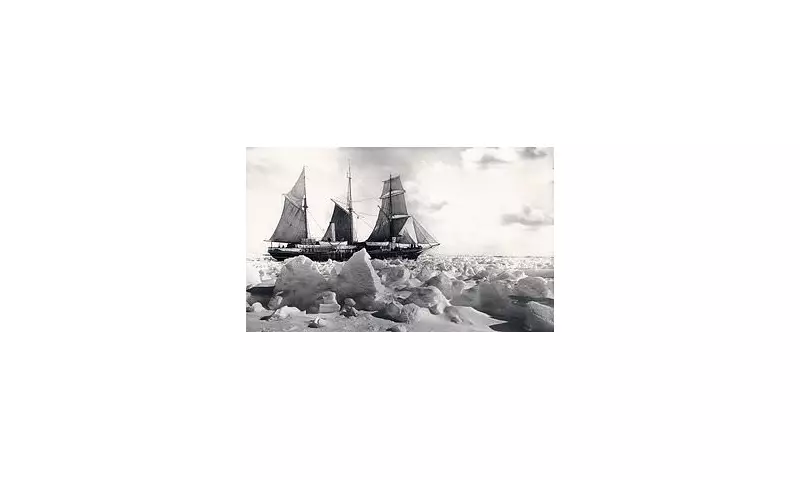
More than a century after one of history's most celebrated survival stories, scientists have finally unravelled the mystery behind the sinking of Sir Ernest Shackleton's legendary vessel, Endurance. The ship that became synonymous with human resilience met its fate in the crushing embrace of Antarctic ice, but the precise mechanics of its demise have remained elusive - until now.
The Ice Trap That Sealed a Legend's Fate
Fresh analysis of the wreck's discovery and historical records points to a perfect storm of environmental conditions that spelled doom for the sturdy wooden ship. Unlike previous theories that suggested simple ice pressure, researchers now believe a unique combination of factors created an inescapable trap in the Weddell Sea.
A Doomed Voyage From the Start
The Imperial Trans-Antarctic Expedition of 1914-1917 was ambitious from its conception. Shackleton aimed to complete the first land crossing of the Antarctic continent, but Endurance never reached its intended landing point. Instead, the vessel became hopelessly trapped in pack ice in January 1915, beginning a saga that would test human endurance to its absolute limits.
The new research reveals three critical factors that sealed Endurance's fate:
- Unusually dense and persistent sea ice conditions
- Specific pressure points that targeted the ship's structural weaknesses
- The relentless movement of ice flows that gradually crushed the hull
Modern Technology Meets Historical Mystery
The breakthrough came when researchers combined detailed analysis of the 2022 wreck discovery with century-old crew accounts and modern ice modelling. The Endurance22 expedition, which located the remarkably preserved wreck, provided crucial data that allowed scientists to reconstruct the ship's final hours with unprecedented accuracy.
"We're not just looking at a ship crushed by ice," explained one lead researcher. "We're witnessing the culmination of specific environmental conditions that created a unique destructive pattern. The ice didn't simply crush the ship - it systematically dismantled it."
The Human Element: Survival Against All Odds
What makes the Endurance story particularly compelling is the incredible survival of all 28 crew members after the sinking. Shackleton's leadership during the subsequent months has become the stuff of legend, with the crew eventually reaching safety after an epic journey in lifeboats across treacherous Southern Ocean waters.
The new findings add another layer to this remarkable tale, providing closure to one of exploration's greatest mysteries while highlighting the incredible human achievement that emerged from technological failure.
Why This Discovery Matters Today
Beyond solving a historical puzzle, this research has significant implications for understanding polar environments and maritime safety. The detailed analysis of how ice interacts with ship structures provides valuable insights for modern polar navigation and climate research.
As climate change alters polar regions, understanding historical ice behaviour becomes increasingly important for predicting future conditions and ensuring the safety of modern polar expeditions.





